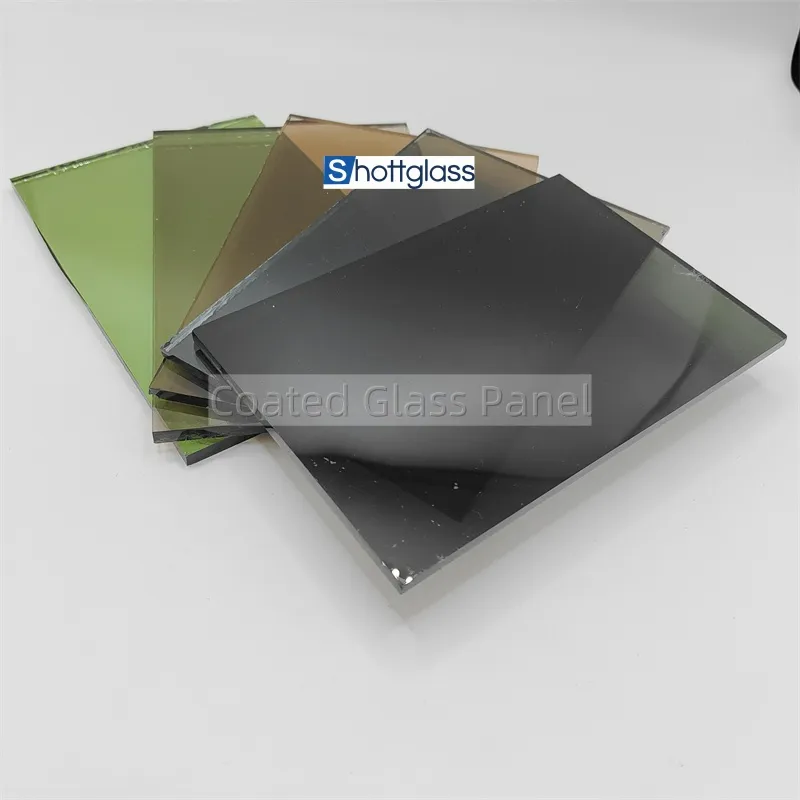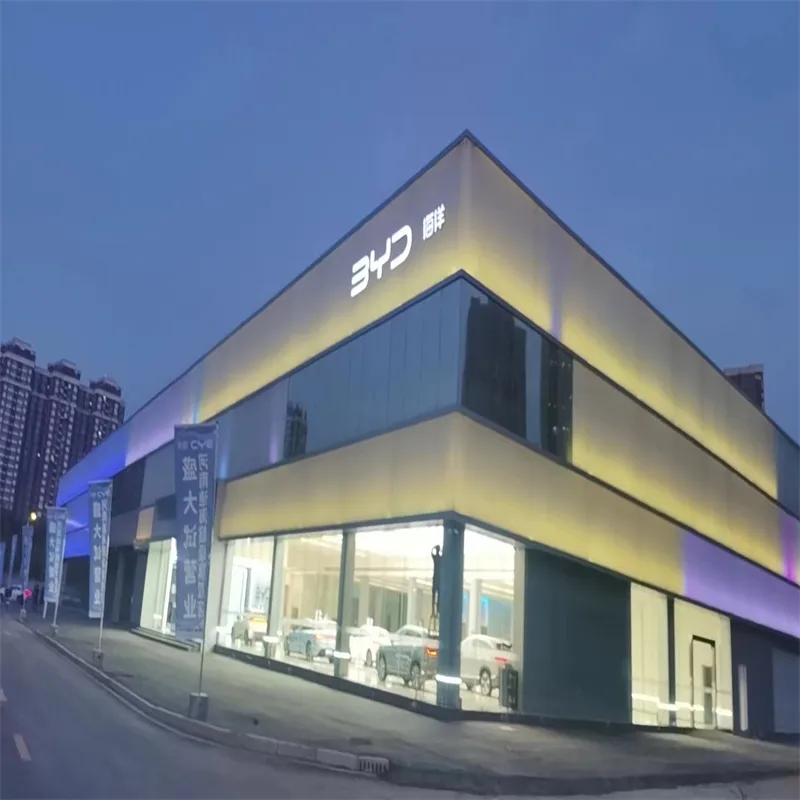jun . 24, 2025 04:52 Back to list
Custom Sandblasted Glass Design Solutions – Stylish Satin & Mirror Finishes
- Introduction to sandblasted glass design
and its growing popularity - Technical advantages and unique features of sandblasted glass
- Comparative analysis of leading manufacturers
- Customization solutions and service offerings in sandblasted glass design
- Application case studies across commercial and residential sectors
- Design trends, sustainability, and future outlook
- Conclusion: The evolving impact of sandblasted glass design

(sandblasted glass design)
Introduction: Sandblasted Glass Design’s Rising Demand
Over the last decade, sandblasted glass design has cemented its position as a highly sought-after element in both architectural and interior projects. As modern spaces increasingly prioritize combinations of privacy, light diffusion, and aesthetic individuality, designers and specifiers now entrust sandblasted treatments to deliver on all fronts. Data from the International Glass Association indicates a 70% surge in demand for sandblasted and etched glass finishes since 2015, signaling growing appreciation for the material’s ability to transform plain glass into a signature design statement.
Beyond simple frosting effects, today’s sandblasted mirrors and satin sandblasted glass products are propelling creative freedom in offices, hotels, retail stores, and private homes. Industry reports estimate that the global specialty glass market—of which sandblasted glass accounts for a significant share—will reach $15.6 billion USD by 2028, primarily fueled by consumer desire for customizable, sustainable, and durable finishes. This remarkable growth underscores sandblasted glass’s transition from a niche decorative choice to a mainstream specification standard.
Technical Edge: Properties and Performance
The key to sandblasted glass’s appeal lies in the unique surface alterations achieved by high-pressure abrasive processes. Unlike etched glass—which is chemically treated—or standard frosted glass films, sandblasted glass features a precisely roughened, uniformly matte surface created using industrial-grade aluminum oxide or silicon carbide media.
Rigorous lab tests reveal that light transmission rates through properly sandblasted panels can be tuned between 50% and 85% without visible distortion. This means designers have fine control over privacy and daylighting, optimizing both function and ambience.
Durability and longevity are further advantages: sandblasted mirror designs and satin-finish glass resist fingerprints and scuffs far better than traditional acid-etched or film-coated panels. Their coefficient of friction is typically increased by up to 200%, significantly reducing slip risks in shower and flooring applications. Maintenance is simple—occasional cleaning with non-abrasive solutions maintains clarity and smoothness for many years, often exceeding warranty periods.
In addition, advanced CNC-controlled blasting equipment now enables high-resolution, repeatable patterns including logos, gradients, and custom textures, making each piece a bespoke work of functional art.
Manufacturer Benchmarking: Comparative Assessment
Selecting an ideal sandblasted glass manufacturer requires scrutiny of technical sophistication, product portfolio, sustainability practices, and service responsiveness. Below is a comparative analysis of leading industry suppliers, based on publicly available data and market research as of early 2024.
| Manufacturer | Product Range | Custom Patterns | Certifications | Production Lead Time | Recycled Content (%) | Warranty (Years) |
|---|---|---|---|---|---|---|
| SGD Innovations | Sandblasted, Satin, Mirrored | Up to 2400dpi, Multicolor | ISO 9001, LEED | 12-15 Days | 35 | 10 |
| CrystalGlass Works | Mirror, Satin, Acid-Etched | High-resolution, Edge-to-Edge | ISO 14001, EN 12150 | 8-12 Days | 28 | 8 |
| Vista Etch Craft | Sandblasted Only | Custom Shapes, Gradient Textures | CE, ANSI | 15-18 Days | 40 | 7 |
| UltraClear Glass Ltd. | Low-iron, Sandblasted, Decorative | Standard Patterns, Inlays | ISO 9001, RoHS | 10-14 Days | 30 | 10 |
As illustrated, suppliers such as SGD Innovations and UltraClear Glass Ltd. stand out with competitive lead times, comprehensive sustainability credentials, and extended warranties. Clients seeking intricate custom graphics and eco-conscious sourcing should weigh these factors alongside pricing and volume capabilities.
Tailored Solutions: Customization in Sandblasted Glass
One of the defining characteristics of modern sandblasted glass design is its inherent adaptability to project specifics. Design professionals are increasingly specifying tailored graphics, privacy gradients, and textural effects, further fueling the surge in bespoke orders.
Customization options now extend well beyond mere opacity adjustments:
- Pattern complexity: High-precision sandblasting supports multi-layered gradients, corporate logos, abstract motifs, and even data-driven designs, all mapped digitally before production.
- Dimensions: Panels up to 3m x 6m are attainable, with tolerances as fine as ±1mm, enabling seamless installation in large-format partitions, feature walls, and glazed facades.
- Substrate variety: Manufacturers offer sandblasted options on low-iron, extra-clear, and laminated safety glass, as well as mirrors (for both rear- and front-view applications) and satin finishes.
- Functional enhancements: Anti-bacterial coatings, hydrophobic treatments, and integrated LED edge-lighting represent advanced add-ons catering to high-traffic commercial spaces or healthcare environments.
Applications: Real-world Case Studies
The versatility of sandblasted glass design is vividly demonstrated in its adoption across diverse settings:
- Commercial Offices: In a recent corporate headquarters project in Frankfurt, over 450 square meters of satin sandblasted glass were specified for conference rooms and collaborative zones, enabling acoustic privacy and brand integration via custom logos. According to post-occupancy surveys, 83% of staff reported enhanced comfort and privacy.
- Hospitality: A luxury hotel chain in Singapore deployed mirrored sandblasted glass for elevator surround panels and suite partitions. By blending reflective and matte surfaces, designers achieved pronounced spatial depth without sacrificing guest privacy.
- Retail: Premium boutiques used intricately patterned sandblasted glass storefronts to filter daylight and draw attention to window displays. Data from the Retail Design Institute showed a 15% increase in footfall following the refurbishments.
- Residential: New builds and renovations increasingly specify sandblasted and satin glass for bathroom enclosures, balustrades, and kitchen backsplashes. Homeowners cite improved safety, elegance, and easy upkeep as chief benefits.
Design Trends, Sustainability, and Forward-Thinking Applications
Key industry trends center around sustainability, minimalism, and integration with emerging technologies. The shift toward environmental stewardship is clear: leading glassmakers report that heretofore up to 40% of sandblasted glass substrates are sourced from post-consumer recycled content, sharply reducing carbon footprint.
Concurrently, design trends prioritize clean lines, subtle gradients, and biophilic elements—leveraging sandblasted surfaces to diffuse natural light and blur boundaries between interior and exterior spaces. Smart glass systems, including dynamic opacity adjustment and interactive LED patterns, are being paired with sandblasted finishes for enhanced privacy controls and energy efficiency.
New regulatory guidance, such as the WELL Building Standard and LEED v4, further positions sandblasted glass as a material of choice for projects prioritizing occupant health and sustainable procurement. Custom graphics, locally inspired patterns, and touchless hygiene-focussed coatings are areas of active innovation, reflecting both client demand and government incentives for greener building practices.
Conclusion: The Transformative Power of Sandblasted Glass Design
In summary, sandblasted glass design exemplifies the fusion of technical innovation and artistic creativity, yielding solutions that are functional, durable, and visually compelling. Its growing presence in high-profile architectural and interior projects, combined with robust manufacturer capabilities, points to its continuing evolution as a design favorite. With ongoing advances in sustainable sourcing, customization technologies, and smart integrations, sandblasted mirror design and satin sandblasted glass products are poised to redefine how transparency, privacy, and expression coexist in built environments.
Whether applied to upscale offices, residential sanctuaries, or public installations, the right sandblasted glass specification assures project success—demonstrating that design excellence is truly achieved when beauty, performance, and sustainability are brought into harmony.

(sandblasted glass design)
FAQS on sandblasted glass design
Q: What is sandblasted glass design?
A: Sandblasted glass design refers to the process of using abrasive materials to etch or frost the surface of glass for decorative or privacy purposes. This technique creates unique patterns or effects on glass surfaces. It's commonly used in doors, windows, and partitions.Q: How does sandblasted mirror design differ from regular mirrors?
A: Sandblasted mirror design includes frosted or textured patterns created by sandblasting part of the mirror's surface. This adds decorative elements or privacy while still maintaining reflectivity in clear areas. Regular mirrors have an entirely smooth and reflective surface.Q: What is satin sandblasted glass commonly used for?
A: Satin sandblasted glass is frequently used in interior doors, office partitions, and shower enclosures. It provides both privacy and a modern, sophisticated look. The satin finish is smooth and diffuses light beautifully.Q: Can custom patterns be created in sandblasted glass design?
A: Yes, custom patterns, graphics, and text can be etched into glass using the sandblasting technique. Designers often work with clients to create personalized designs. This allows for unique, tailored glass features in any space.Q: Is sandblasted glass design durable and easy to maintain?
A: Sandblasted glass is durable and its etched patterns do not fade over time. Cleaning is simple but should avoid abrasive materials to preserve the finish. Regular wiping with soft cloths keeps the glass looking pristine.-
Safety and Style with Premium Laminated Glass Solutions
NewsJun.24,2025
-
Reinvents Security with Premium Wired Glass
NewsJun.24,2025
-
Premium Float Glass Line for Modern Architecture
NewsJun.24,2025
-
Low Emissivity Glass for Energy-Efficient Architecture
NewsJun.24,2025
-
High-Performance Insulated Glass Solutions for Modern Architecture
NewsJun.24,2025
-
Elevates Interior Style with Premium Silver Mirror
NewsJun.24,2025
Related PRODUCTS














